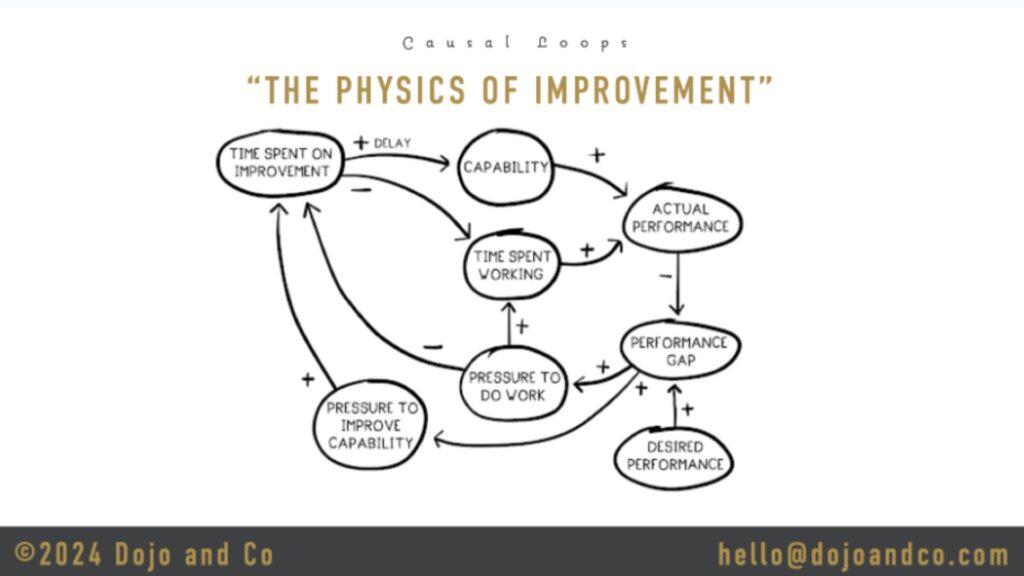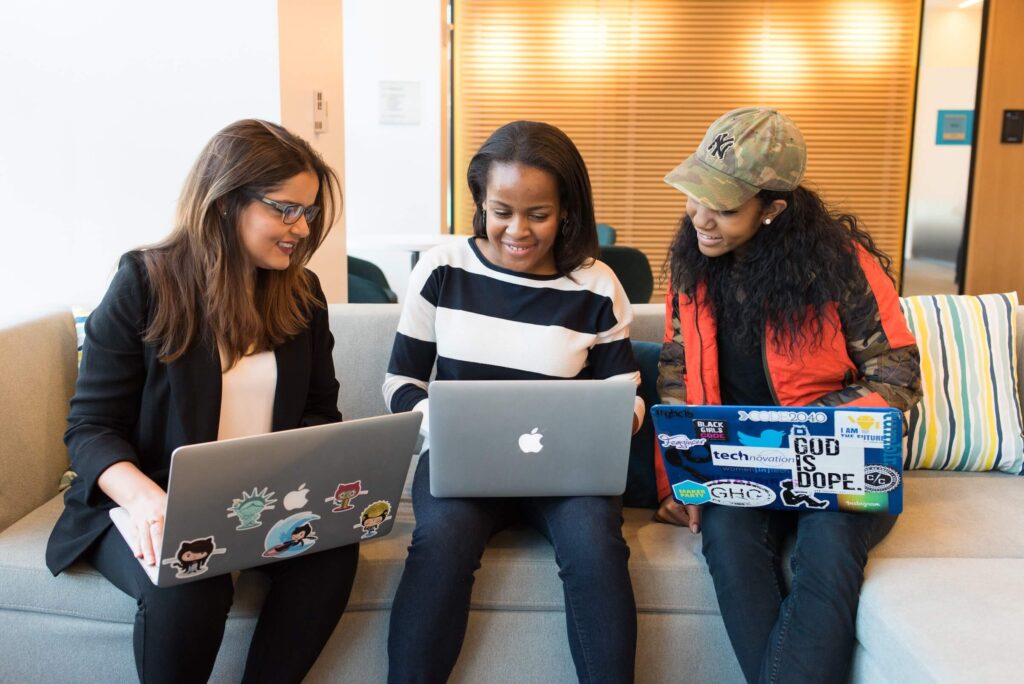Overview
Over the last few weeks, it has become clear that working from home has become a new reality for many of us. As we started talking to peers at various companies, we realized that everyone was working hard to adapt to this new work-from-home norm and remote-first learning and development. We decided to come together on a virtual Roundtable to compare notes.
Seventy-five leaders who work at the intersection of technical training and learning & development joined in, and Microsoft was one of the three companies that presented.
Here is what Duke Nelson, Microsoft’s Senior Learning and Development Consultant of Global Learning and Development, had to say about the priorities and tactics around promoting a remote-first culture.
1. Learning Task Force: Figuring out the best way forward
Microsoft has about 150,000 employees, multiple centralized learning organizations, and countless decentralized learning organizations aligned to businesses around the globe. Moving the entire ship, especially to an entirely virtual experience while staying aligned, is challenging.
Duke is achieving this through a virtual learning task force within the organization, made up of individuals from each of these learning groups. Their objective is to come together to figure out the best way forward.
2. Long-Term Strategy: Designing for a new world
The way Microsoft looks at their strategy is a long-term overhaul. The fact is, the world has changed, and work will no longer look like pre-COVID-19 experiences. They aim to transition not just as a reaction to work-from-home but to redesign the way work is done within the organization, so it is more inclusive, accessible, and universal. It starts with elevating the design process.
This approach has two distinct parts:
- Culture – These are the leadership expectations—how people agree to work with one another and how they care for one another.
- Mechanics – These are the tactical guidelines, like how to work-from-home.
3. Work Expectations: Transitioning with the human in mind
The context of the world during COVID-19 is not normal. The message from Microsoft’s senior leaders was clear in response: people should not be expected to work at full capacity while managing this transition. It was critical for Satya Nadella, the CEO of Microsoft, and his direct reports to lead by example.
How does this apply to learning? The message is not “While you’re at home, go ahead and finish your training.” The message is, “Take care of yourselves. Make sure that you’re setting yourselves up well for work-from-home. Make sure that you have the appropriate childcare and make sure you are taking care of food, and that your relatives are well cared for.”
It’s not just about shifting to virtual learning and having tips and tricks around facilitating sessions, but thinking with our hearts, how to approach this transition in a way that is pro-employee and humane.
4. 3-Step Process: Crowdsource, Design, Deployment
- Crowdsource – Microsoft has opened up a framework that allows all learning groups to come together to assess their best process for identifying the next steps for existing/future training.
- Design – What are the design principles that everyone can agree on how virtual learning is done? The emphasis is on inclusivity and accessibility.
- Deployment – What facilitation skills and format are necessary for virtual? How about large scale events? How does a 5,000 person meeting work? The capabilities of existing technology determine the underpinnings of these decisions.







